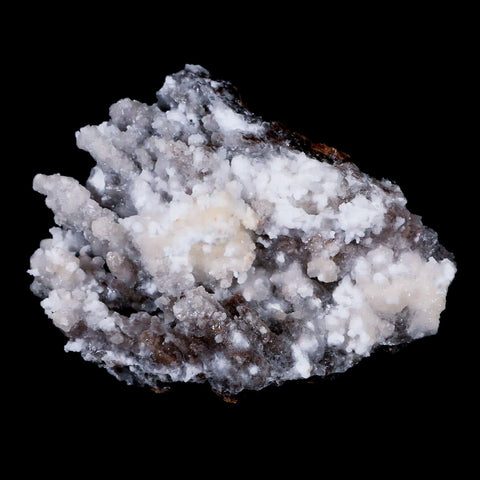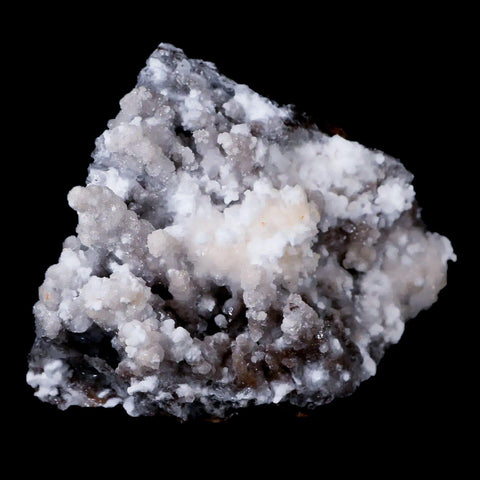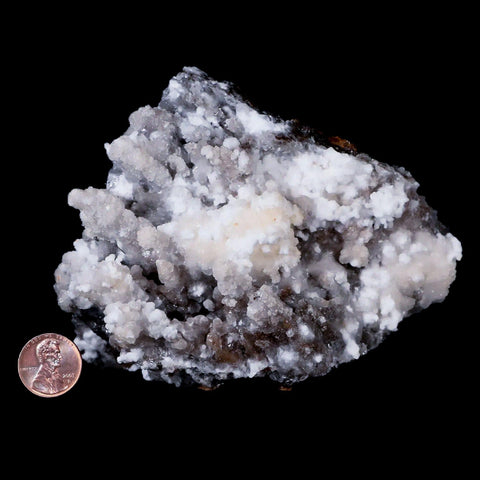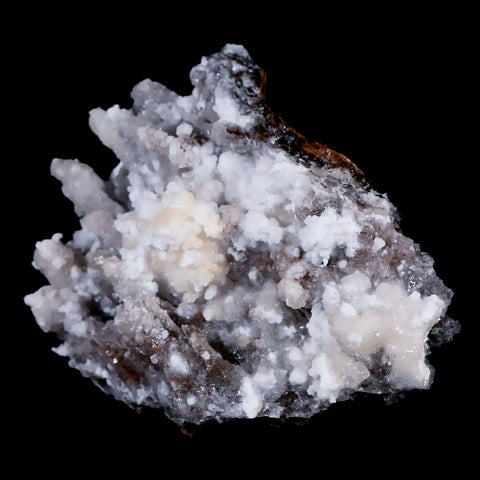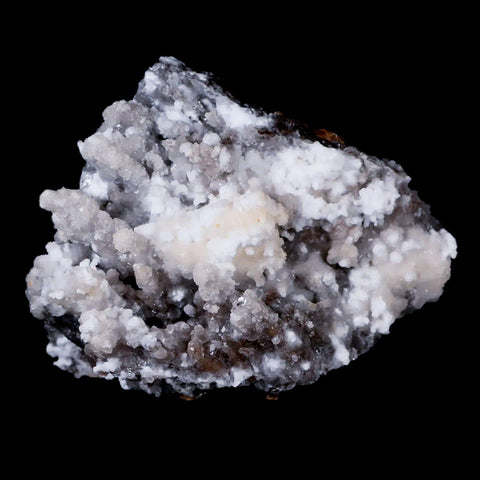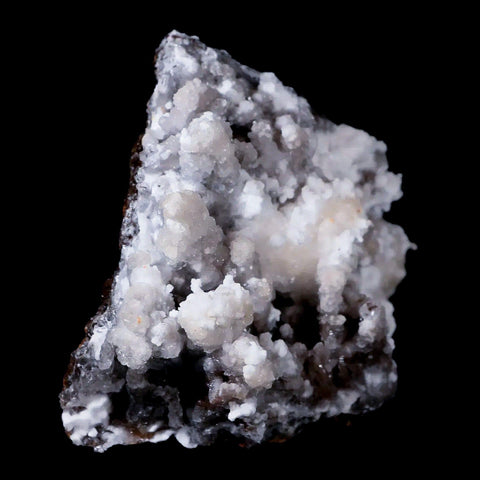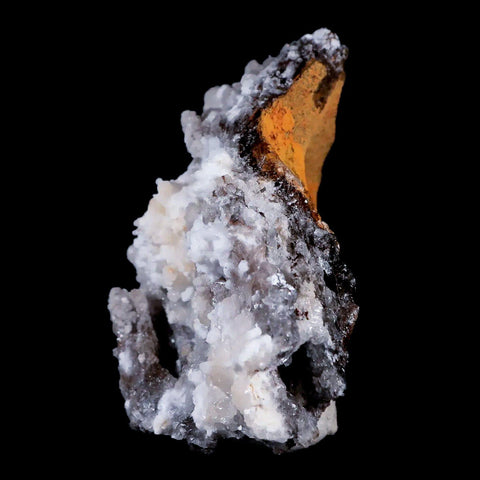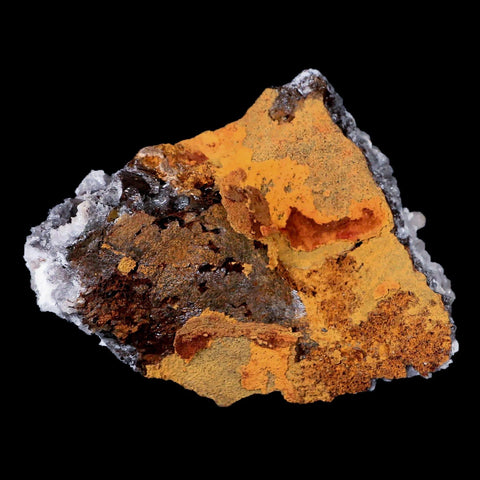4.8" Aragonite Cave Calcite Crystal Cluster Mineral Specimen Morocco
Location: Morocco
Weight: 11.8 Ounces
Dimensions: 4.8 Inches Long, 4 Inches Wide, 2.1 Inches Wide
The item pictured is the item you will receive
Aragonite is essential for the existence of many Earth organisms, particularly invertebrates that depend on this mineral to build their shells and hard parts. When you admire a brightly colored seashell, you are recognizing the diverse colors of Aragonite and the mineral’s ability to form readily at the Earth's surface.
Aragonite and calcite are ‘polymorphs’, minerals that have the same chemical composition but slightly different crystal structures. Both minerals can occur together and are so similar to one another that distinguishing between them is seldom important to anyone but a professional geologist. Calcite is more stable and common than Aragonite under the chemistry of our modern seas, but at times in the Earth’s past, Aragonite was the more stable and common form. The two minerals are nearly identical in their physical properties.
Calcite is a calcium carbonate mineral with a hardness of 3. It comes in a wide variety of forms and colors and is found on every continent of the world. Calcite makes up the major part of marble and limestone. Yellow Calcite usually occurs in massive rather than crystalline form, and the best specimens come from Mexico.
Calcite derives its name from the Greek term “chalix,” which means lime. This mineral appears in numerous colors such as red, green, orange, yellow, blue, pink, clear, black, and white. It is one of Earth’s most abundant minerals, forming the foundation of limestone and marble. Calcite manifests in various shapes and originates from diverse geological settings. Some varieties display blue or red fluorescence under UV light. Historically, it has been used in cement and mortar production, while clear, transparent calcite has served in manufacturing gun sights and polarizing microscopes for geological studies.


